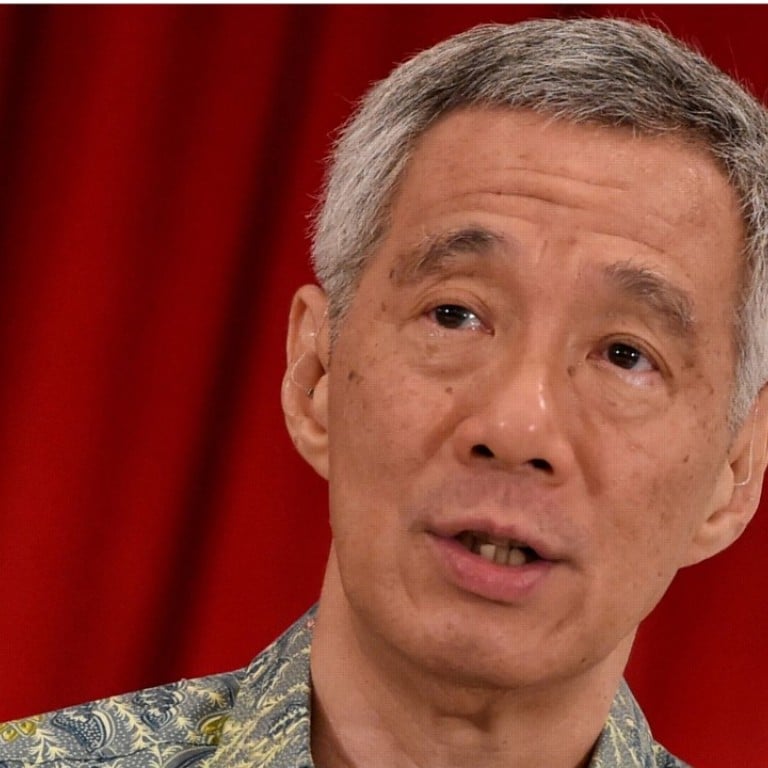
Visit to China by Singapore PM Lee Hsien Loong is a sign relations are back on track
Two sides likely to discuss the development of a high-speed rail link and greater cooperation on ‘Belt and Road’ projects
Singapore’s Prime Minister Lee Hsien Loong will begin a three-day visit to China on Tuesday in a sign that relations between the nations could be getting back to normal after an uncertain few months.
In an interview with Xinhua on Monday, Lee said the two sides would discuss the development of a high-speed railway linking Singapore with the Malaysian capital Kuala Lumpur. He suggested also that Chinese companies could set up regional headquarters and solicit capital through the city state for projects under China’s “Belt and Road Initiative”.
In May, Lee did not attend a summit in Beijing about the grand plan to boost infrastructure and trade links from Asia to Africa, which cast a shadow over bilateral ties.
His absence came after Beijing blamed Singapore for siding with the United States on South China Sea disputes – in which Singapore is not a claimant – and honouring an international tribunal ruling from July 2016 that dismissed most of Beijing’s claims to the disputed waters.
Hongyi Lai, a professor of Chinese studies at the University of Nottingham in Britain, said that Lee’s upcoming visit was likely an indication that bilateral ties were returning to normal.
“The leaders of both sides are trying to show that the relationship is still on track, and that they’re still making an effort,” he said.
However, there had been a lot of anxiety within the relationship, Lai said, pointing to the unease among members of the Association of Southeast Asian Nations – which Singapore will chair next year – with regards to China’s assertiveness in the region.
Beijing will undoubtedly be keeping a close eye on what position Singapore takes on territorial disputes in the South China Sea, he said.
“That’s probably the issue that has the potential to invite tension, contention and conflict,” Lai said.
Zhang Mingliang, a Southeast Asian affairs expert at Jinan University in southern China, agreed.
Beijing would not want other members of Asean – some of which have conflicting claims on the South China Sea – to see their chair publicly disputing China’s claims on the waterway.
Li Mingjiang, an associate professor at S. Rajaratnam School of International Studies of Nanyang Technological University in Singapore, said that Lee’s trip, which follows a visit to Beijing in June by Singapore’s Foreign Minister Vivian Balakrishnan, showed that “small troubles have not shaken the foundation of the two countries’ bilateral ties”.
On the economic front, the two leaders were likely to discuss how Singapore could provide a platform for Chinese businesses to explore opportunities in the region, he said.
Lee is expected to meet President Xi Jinping and Premier Li Keqiang in Beijing, before going to Xiamen, a city in the southeastern province of Fujian.
There he will meet the provincial party chief You Quan, and visit a local aerospace technology company and the Fujian (Xiamen)-Singapore Friendship Polyclinic, a joint venture medical facility that opened in 2011.
Additional reporting by Sarah Zheng

